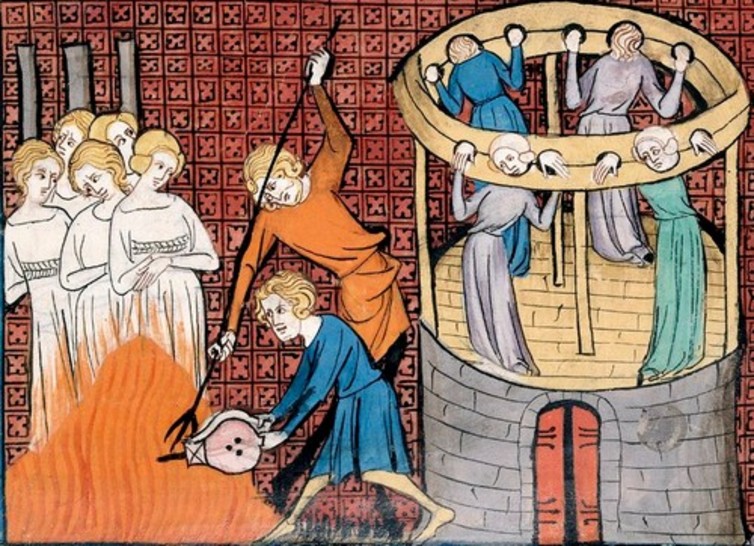Guest post Sally Pezaro
The term “midwife” can conjure up images of a stern matron, iron pressed and ready for some no-nonsense birthing, or, in the more modern era, a back-rubbing, hand-holding, motivational cheerleader who can make or break the birthing experience. Midwives are so much more than those two stereotypes. Here are a few things you may not know about the profession.
1. The word “midwife” means “with woman”, although in France, where the midwife is a “sage femme”, it means “wise woman”.
2. Some people think that midwifery is simply another branch of nursing. Midwifery is, in fact, one of the oldest professions in the world, one that is thought to have arrived prior to the nursing and medical professions.
3. Midwives make up 36% of the midwifery-service workforce, according to a survey of 73 countries. Other professional members of the team may include auxiliaries, nurse-midwives, nurses, associate clinicians, general physicians, obstetricians and gynaecologists. Yet, as midwives can perform most essential maternal and newborn care, future investment in midwives could free up these other professionals to focus on other health needs around the world.
4. Midwives are among the few healthcare professionals that don’t generally care for the sick. Although they are trained to manage emergency situations, midwives are the experts in normal childbearing.
5. Midwives don’t just catch babies. There are a number of specialist roles that a midwife can fulfill. Such specialist roles may include sonography (ultrasound scanning) during pregnancy as well as safeguarding – where a midwife works to protect vulnerable families. Midwives can also work in management, commissioning, education, policy, quality assurance, inspection, and research.
Midwives also do ultrasound scanning. GagliardiImages/Shutterstock
6. Along with the decline of women’s social status during the middle ages, midwives (almost always female) were denounced as witches by doctors (always male) who felt threatened professionally. Yet, while doctors were trying to catch up to midwives in learning about physiology in childbirth, women were unable to train as doctors. So, despite their wealth of professional experience, midwives were pushed out as the less desirable choice in childbearing.
In medieval times, midwives were denounced as witches. Wikimedia Commons
7. During the 19th and early 20th centuries, doctors ran campaigns to socially stigmatise midwifery and make the ancient practice illegal in some places. This was largely done for economic reasons, but also to increase the status of the predominantly male medical profession.
It worked, as the care of physicians in childbirth during this time became the popular choice for upper-class women. Now, in the 21st century, midwives continue to reclaim their position as respected experts in childbirth, working in partnership with doctors, multidisciplinary teams, mothers and families to achieve the best outcomes in childbirth around the world.
Originally written for ‘the Conversation’.






Comments are disabled